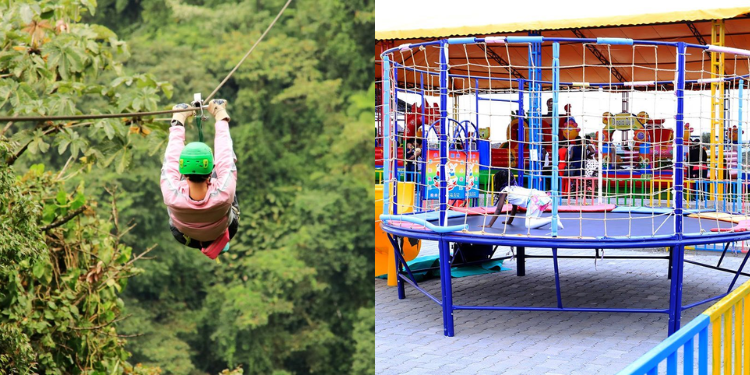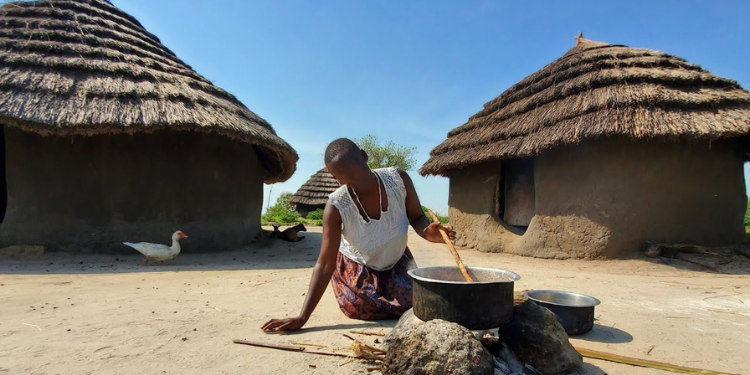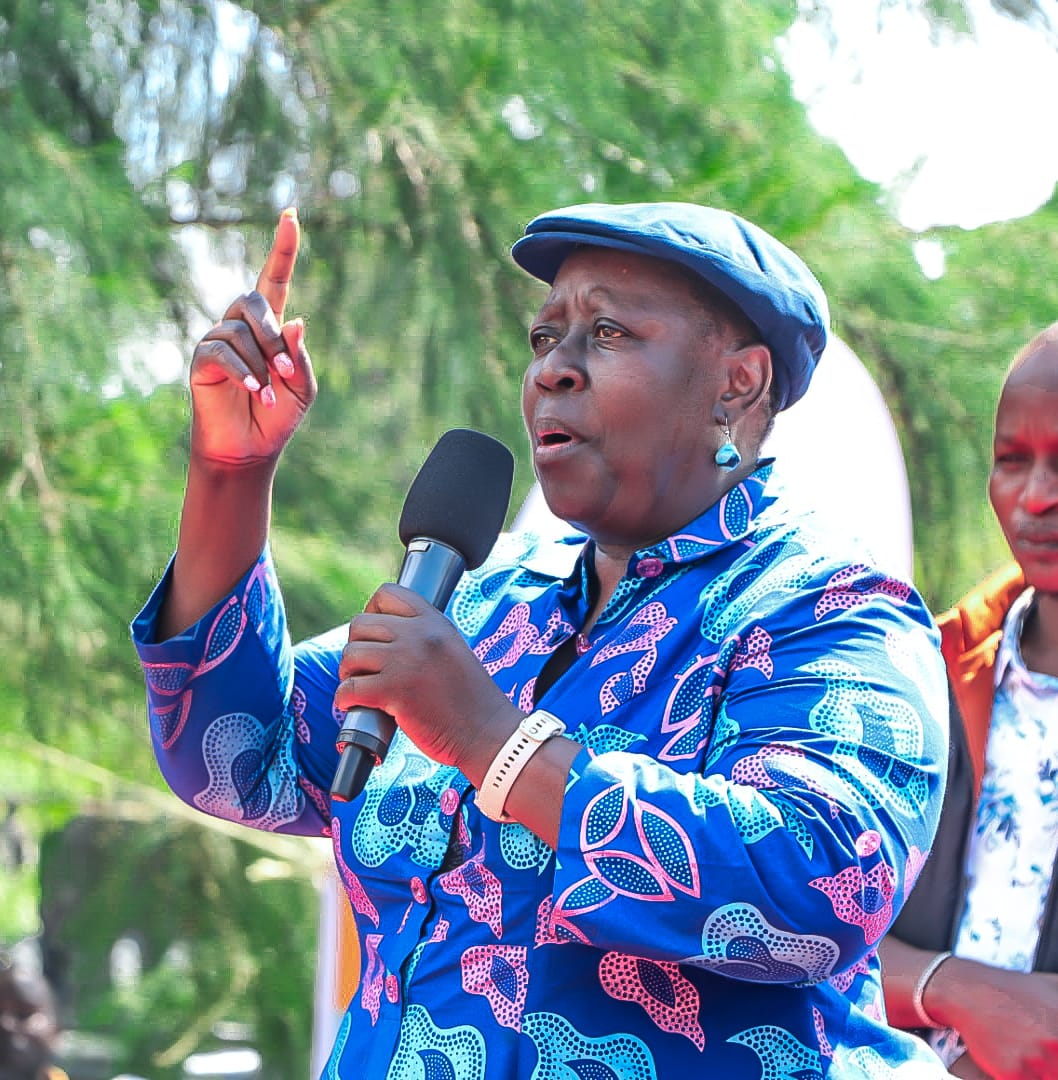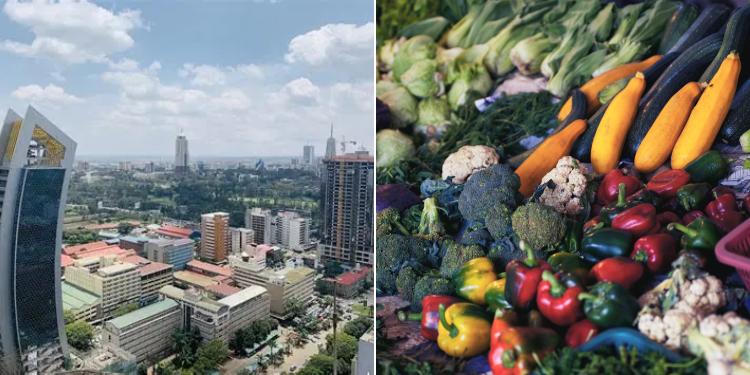In the streets of Nairobi’s Westlands or the dusty lanes of Narok town, Kenya’s culinary culture is evolving—and doing so differently depending on who’s holding the spoon.
Younger urbanites are embracing global tastes and quick convenience. Older generations cling to traditional dishes rooted in heritage and health. And in places like Kajiado and Narok, where the proud Maasai once lived almost solely on milk, meat, and blood, even the most iconic food cultures are adjusting to modern realities.
Across Kenya’s urban and semi-urban spaces, food is no longer just sustenance—it’s a story of generational identity, economic shifts, climate stress, and cultural transformation.
The Traditional Plate: Older Urban Kenyans Hold the Line
Mzee John Oduor, a 65-year-old retired civil servant in Nairobi’s Umoja estate, begins each day with fermented millet porridge. “We didn’t grow up with sausages or noodles,” he says. “We had githeri, sweet potatoes, boiled arrowroots—food that kept us strong.”
Like many in his age group, Oduor sees food as medicine. He avoids fried snacks and sugary sodas, sticking to indigenous vegetables like managu, kunde, and terere, often paired with ugali or sorghum. His habits echo those of many older Kenyans raised in rural traditions but now living in cities.
A 2024 survey by KIPPRA found that over 70% of urban residents above 50 still consume traditional foods at least three times a week—compared to just 30% of those under 35.
For this older generation, food is as much about culture and memory as it is about nutrition.
The Youthful Palate: Fast, Global, and Social
Contrast that with Faith Wanjiku, 23, a content creator in Westlands who says she hasn’t eaten githeri in over a year. “I love food, but I also love TikTok,” she laughs. “Most of what I eat is stuff I can post—smoothies, chicken wraps, mutura with fries, bubble tea.”
Wanjiku’s lifestyle is typical of many Kenyan youth in urban and peri-urban centers: fast-paced, tech-driven, and globally influenced. From smokie-pasua to samosa burgers, younger city residents have embraced a fast-evolving street food culture that’s more about convenience and trend than tradition.
“It’s not that young people hate traditional food,” says Brian Otieno, a 27-year-old food blogger. “We just don’t have time—or space—to cook it. And we want food that’s fun.”
Social media has fueled this shift. Kenyan food influencers now showcase quirky fusion dishes like chapati quesadillas or spaghetti-matoke stir fry, creating a youthful food identity that is distinctly urban and experimental.
Health and Heritage: A Growing Divide
Nutritionists warn of the implications. “Urban youth are increasingly exposed to lifestyle diseases,” says Dr. Stella Wekesa, a public health expert. “We see rising obesity and diabetes cases—linked to processed, sugary, and salty diets.”
Also Read: UK to Deport Migrants Working Illegally as Food Delivery Riders
While older Kenyans tend to favor home-cooked meals and market-fresh vegetables, younger people are more dependent on takeout and ultra-processed foods.
However, health-conscious youth movements are starting to reclaim traditional foods, with a twist. Millet crepes, pumpkin soup, and indigenous grain salads are appearing on Nairobi menus and Instagram feeds alike. Still, the generational food divide persists.
Maasai on the Move: The Changing Cuisine of Kajiado and Narok
Perhaps no group reflects this food transition more symbolically than the Maasai of Kajiado and Narok counties.
For generations, the Maasai relied on milk, meat, and animal blood as dietary staples. This high-protein, pastoral diet was more than sustenance—it was spiritual and symbolic. Blood was reserved for rituals, and milk signified purity and wealth.
But today, even in Maasailand, the plate is changing. In the semi-urban towns of Kitengela, Kiserian, and Narok, land subdivision, climate shocks, and economic pressure have pushed Maasai families away from pastoralism. With shrinking grazing lands and frequent droughts, many now depend on markets for food.
“We can’t keep big herds anymore,” says Ole Kasaine, a 60-year-old herder from Loitoktok. “We drink packet milk, eat ugali, buy vegetables. Our children want rice and chapati.”
From Blood to Beans: What Modern Maasai Eat
While meat and milk are still part of ceremonies and special occasions, the daily Maasai diet in many towns has diversified. A typical meal now includes:
- Ugali with cabbage or sukuma wiki
- Beans or lentils
- Rice with beef or vegetables
- Mandazi and sweet tea for breakfast
These changes are driven by more than scarcity. Education and healthcare campaigns have raised awareness of balanced nutrition. Schools and clinics teach mothers to include vegetables and grains in meals. Young Maasai, especially girls, are encouraged to grow kitchen gardens.
“We tell mothers: mix food groups. Don’t rely only on milk,” says Agnes Ntutu, a health volunteer in Narok. “Children need iron, vitamins, and fiber.”
Yet, cultural pride remains strong. During circumcisions, weddings, and elder meetings, Maasai still roast goats and consume milk mixed with blood—symbols of continuity in a time of change.
Tradition vs. Transition: Intergenerational Perspectives
This tension between old and new is felt across Kenya. Whether among elders in Nairobi or herders in Narok, food is an emotional bridge between generations.
Mama Jane Mwikali, 71, remembers a time when every home-cooked managu and githeri. “Now our grandchildren eat pizza and chips,” she laughs. “But when they fall sick, they ask for my porridge.”
Her granddaughter, Melanie, 19, recently started a TikTok channel promoting heritage meals with modern flair. “I made sweet potato pancakes with honey. My followers loved it. I call it ‘grandma gourmet.’”
This blending of tradition and trend offers hope, not just for Maasai cuisine but for Kenya’s food future.
From Cultural Loss to Culinary Innovation
While concerns about vanishing food cultures are valid, others see opportunity.
Across Kenya, startups are turning traditional foods into trendy brands: from sorghum snacks and uji powder to bottled mursik and herbal teas. Tour companies in Narok and Kajiado now offer “Maasai food experiences” where visitors taste traditional dishes in bomas and homesteads.
Nonprofits are working with Maasai women’s groups to preserve indigenous recipes, document food stories, and promote agroecology in arid lands. The goal: conserve culture while adapting to change.
“Our food is our identity,” says Naserian Lenkai, a 30-year-old food entrepreneur in Kajiado. “We can modernize it, but let’s not forget where we came from.”
Bridging the Culinary Gap
In Kenya today, food tells two stories.
For older generations, it’s a reminder of resilience, roots, and health. For the youth, it’s a playground of possibility, identity, and expression. For the Maasai, it’s a balancing act—holding onto sacred traditions while feeding modern needs.
From Nairobi’s TikTok foodies to Narok’s kitchen gardeners, one thing is clear: Kenya’s plate is changing—but not vanishing. If the two generations—and communities—can meet at the table, Kenya’s culinary heritage has a flavorful future.
Follow our WhatsApp Channel and X Account for real-time news updates.
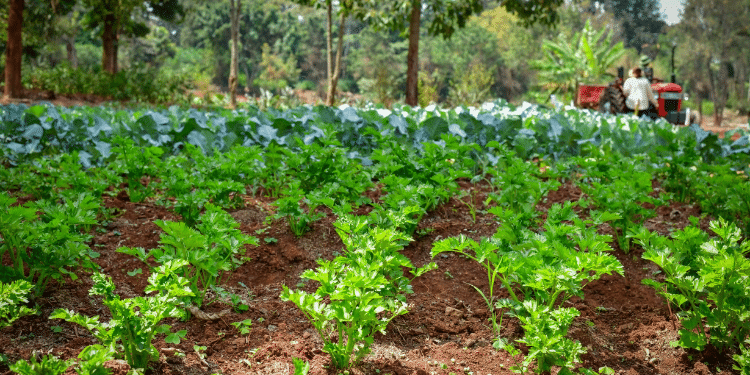

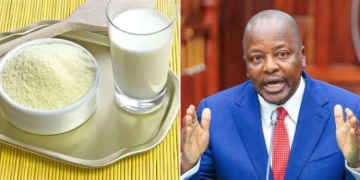


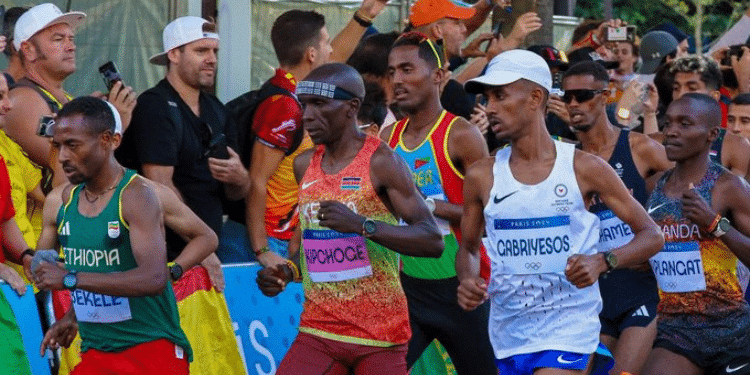

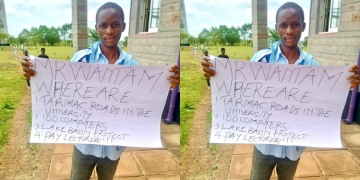



















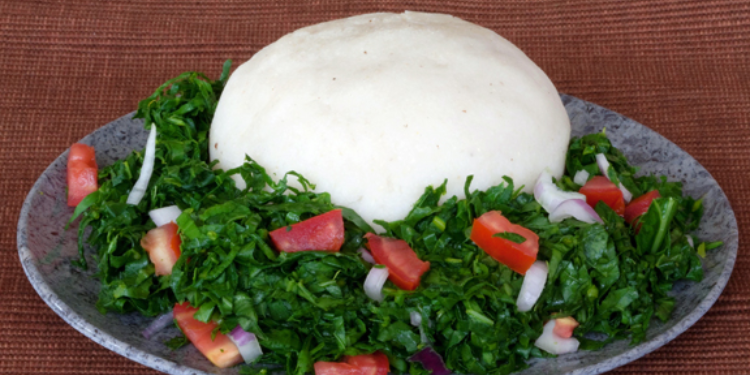







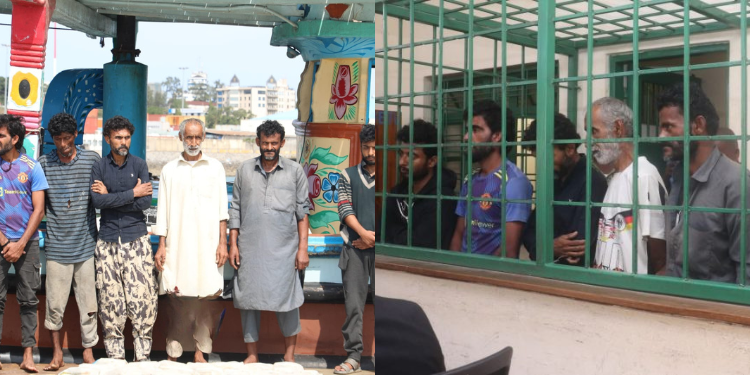
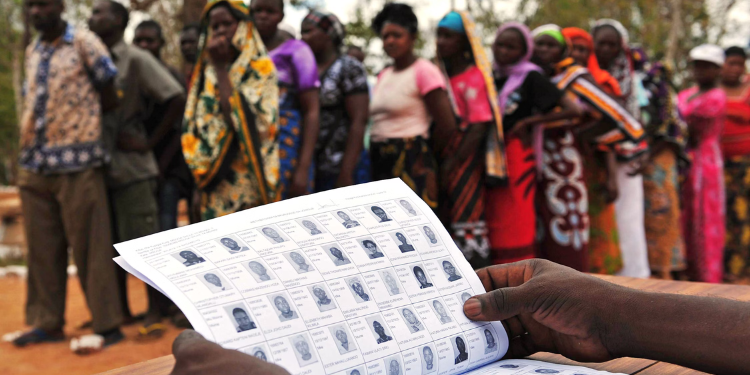











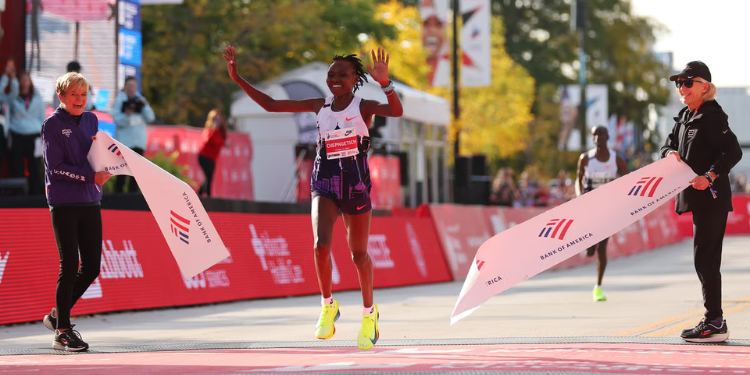
![Senator Allan Chesang And Chanelle Kittony Wed In A Colourful Ceremony [Photos] Trans Nzoia Senator Allan Chesang With Channelle Kittony/Oscar Sudi]( https://thekenyatimescdn-ese7d3e7ghdnbfa9.z01.azurefd.net/prodimages/uploads/2025/11/Trans-Nzoia-Senator-Allan-Chesang-with-Channelle-KittonyOscar-Sudi-360x180.png)

